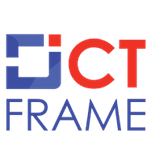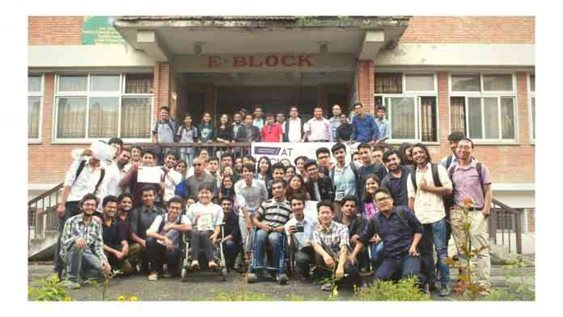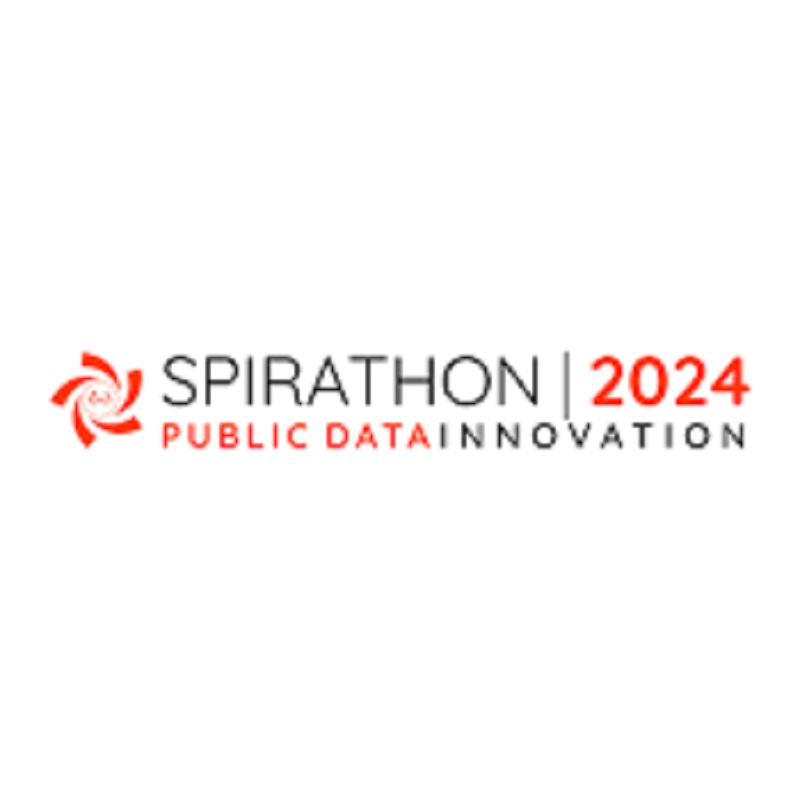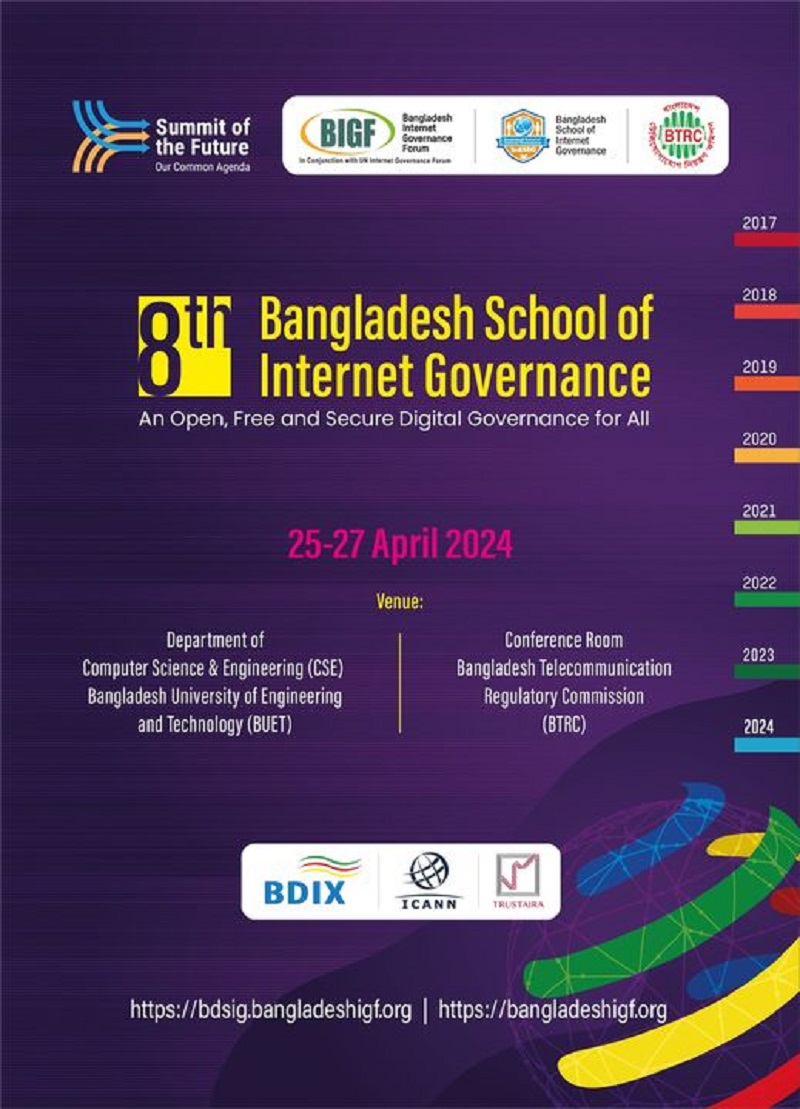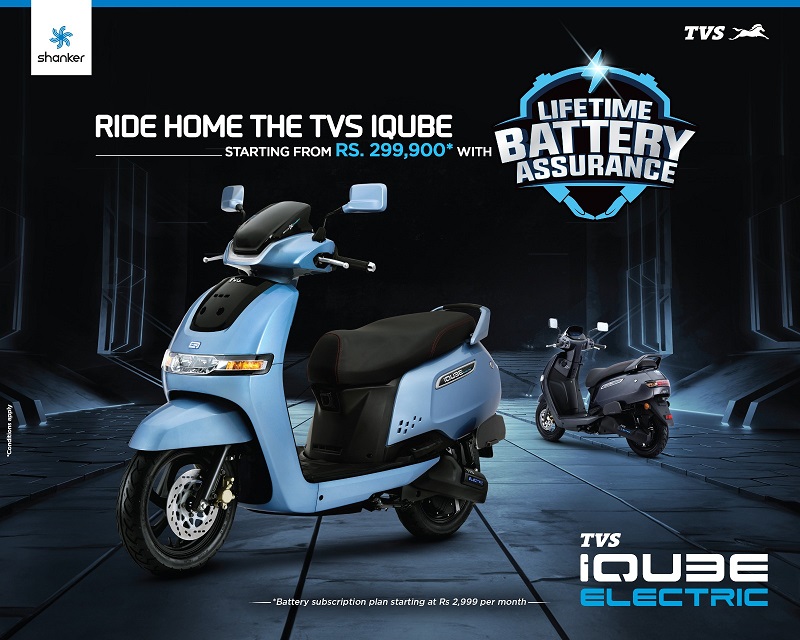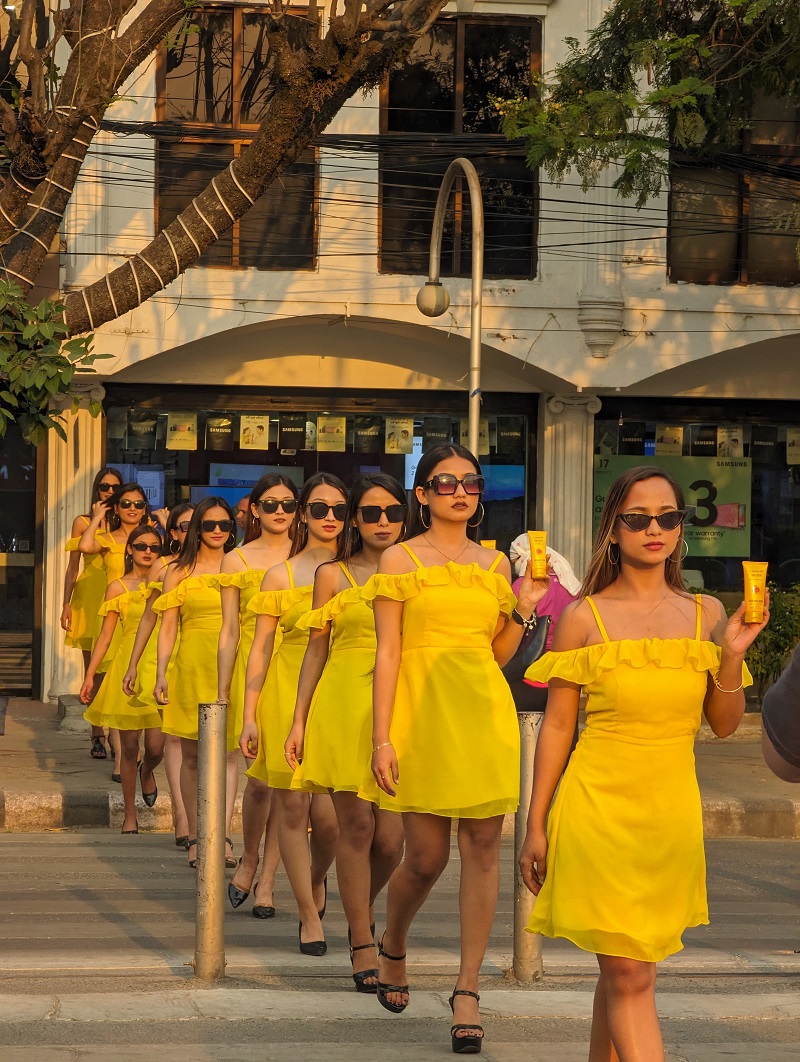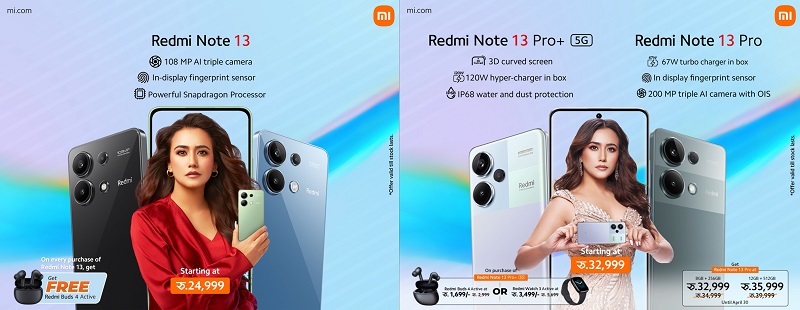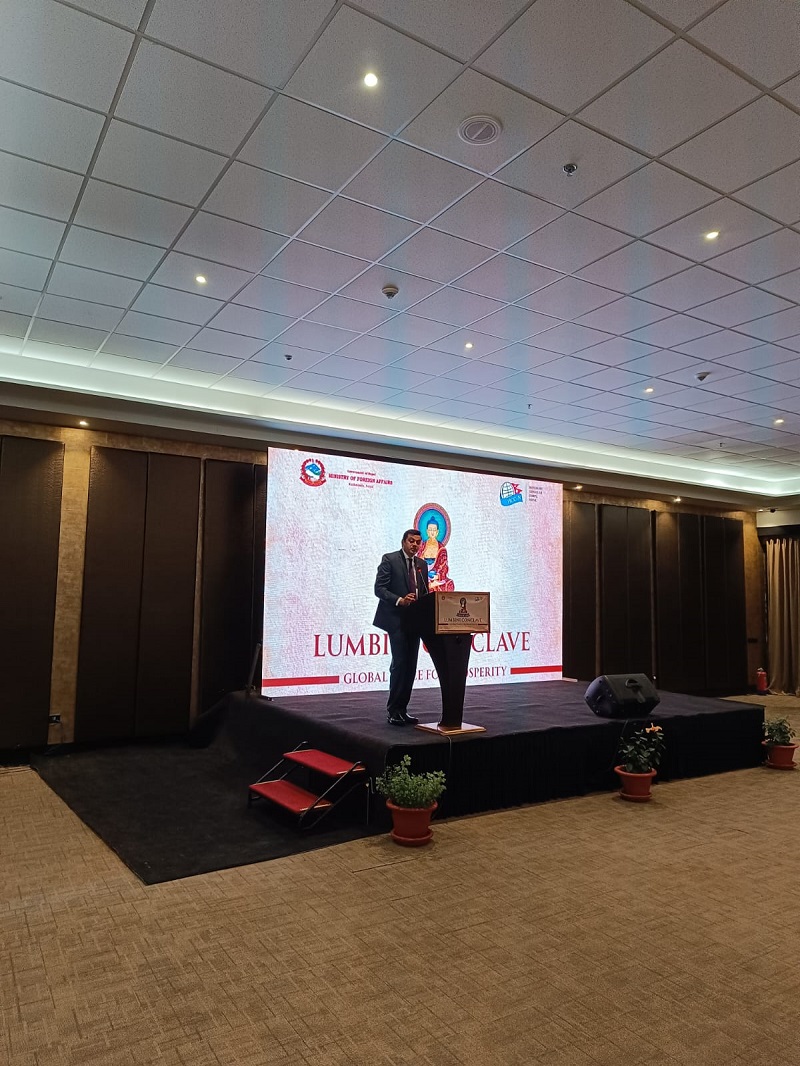Assistive Technology Design Competition was organized from June 1 to June 8 at Thapathali campus. Disaster Hack, a San Francisco based tech INGO, in partnership Tribhuvan University, Curtin University, and PAC Asia, Locus, RAC Thapathali, WLIT, Makervalley, Swapna Digital organized the first-ever the AT-Hackathon, from June 1 – June 8. Prizes were excess of 75 thousand.
They started on June 1 with introducing what AT-hackathon is, why they are doing and why we initiated Assistive tech hackathon for the first time on the thereof “improving lives of people with disabilities using technology.”
The first day was a general introduction of AT-hackathon. We invited people with disabilities, guests, participants and mentioned what we are doing through the whole week and why they are doing it. They are doing it because we want to help people with disabilities using technology.
2nd day was design thinking. All the participants, 105 of them did design thinking to identify the problem disable people are facing. It includes interviewing people with disabilities.
All participants then picked on the problem then we voted and chose the top 9 issues/ challenges that all of us wants to solve.
These were the challenges:
Software:
- Speaking whiteboard.
- Money recognition and transaction
- Communication problem in education and expression
Electronics:
- Navigation, object detection for visually impaired
- Sensing is surrounding orientation and 360.
- Color detection and Dress identification
Mechanical:
- Mobility for handicapped
- Smart wheelchair
- Stair climbing wheelchair
3rd-day team formation and the team was working. They provided tools and equipment. Thank Supreme light technology for helping us out. They were our tools partner.
4th day, There was the team working and prototyping. We had then a session with Yunus business center, kings college on Value proposition and empathy canvas. (it was a great session.)
5th day Then team working again.
For day six we had presentation session by Abhisekh maskey, Brand Relationship officer at king’s college. It was about how to present your ideas and express. We learned the CRAP theory. Contrast,
Day 7, the closing day where all of the team showed, and judges decided the winner.
Team Orpheus won the first prize in Rs 50000.
B#S won the second prize of Rs 20000
The third prize won by two team Cool V and My Sight.
What After AT-hackathon then? We will be having an expo of AT-hackathon on June 24 at Ignition Lab. there will be open lab day and Robotics expo at thapathali campus.
The primary intention of the expo is to talk to teams again about their projects. Do they want to continue still working on it? And invite other people such as people from different fields like business, students, aspiring makers.
AT-Hackathon will happen again in 2019.
More about the winners!!
The first Team is;
- Team Orpheus;
The problem they are solving is the Partial/ total locomotive disorder for the operation of the wheelchair
What they made is the prototype of EEG( Electroencephalography) based Smart Wheelchair.
So the problem of people with locomotive disorder cannot move their hand to push the wheelchair. Till now we have the just standard wheelchair for them in the market.
Voice and gesture could come out as a troublesome approach for wheelchair control, but brainwave could act as a most effective means. The solution is feasible within the given time frame. As no such product is readily available in the local market as of now, our answer is unique.
- B#S
Software:
our project is ‘marga’: an interactive map application that combines crowdsourced information on places that support universal design with information on roads generated from GIS data
it also lets disabled users add their routes, vote on others’, and in the future will track disabled-friendly vehicles once they are brought in Kathmandu
- It’s a platform for differently-abled people almost like google map.
- Tells you about the roads and buildings accessible by wheelchair/people with mobility difficulties- universal design
- Cool ‘V’ and ‘My Sight”
The project was built for the visually impaired persons looking at their problems in reading books. The Product was targeted at the person above the age 7. It is user-friendly and works on an automatic system of braille printing. We have seen blind people struggling with not getting their choice of books on braille or audio format. Braille is the language of the blind while reading with six dots. That has become a significant obstacle for them. They cannot go to regular schools like us. They read books with braille, but their technique isn’t that advanced. There are Braille embossers manufactured in foreign, but even the price of a standard manual braille printer is too high. Small-volume braille printers cost between $1,800 and $5,000 and large-volume ones may cost between $10,000 and $80,000 which is unaffordable for ordinary people in the context of Nepal. In this technological world, everything is improving, so we designed to comfort the visually impaired person.
The Project was built for the visually impaired persons looking at their difficulties in reading books. The product was targeted at the person above the age of 7. It is user-friendly and works on an automatic system of braille printing. We have seen blind people struggling with not getting their choice of books on braille or audio format. Braille is the language of the blind while reading with six dots.
That has become a significant obstacle for them. They cannot go to regular schools like us. They read books with braille, but their technique isn’t that advanced. There are Braille embossers manufactured in foreign, but even the price of a standard manual braille printer is too high. Small-volume braille printers cost between $1,800 and $5,000 and large-volume ones may cost between $10,000 and $80,000 which is unaffordable for ordinary people in the context of Nepal. In this technological world, everything is improving, so we designed to comfort the visually impaired person.
Cool V
This project is about making Speaking whiteboard!
Education, becoming as one of the significant part(Basic Need) of everybody life which is to be reachable and reasonable to everybody in any way possible. This project(TWB) identifies the traveling at long Distant for many people to get the education (Especially for People for Disabilities), and attempt to assist people educated just as they exist in the Classroom. Though it was initiated to help people with Disabilities, But it can be very much useful for any kinds of persons. This Project(Talking White Board) is a Distributed system that functions as an intermediate medium for communication between the Teacher and Students far apart. It held the property to share the information between the Teacher and Students in all the best way possible.
It consists of major two parties as Server(as of Teacher) and Clients(As for Student). The Server part uses a Board where the teacher could explain by writing, and audio which is transferred to the client’s side using network(internet) and the Client side receives the information just similar to the board as per their required as per oriented filtered according to the evaluation of Registration filled. On the client side, Students can receive the following:
- Content on the board transformed into a standard format(Using our)
- The text can speak(Text-to-speech)
- Audio from teacher
Since it is a full Duplex Distributed system; the students will be able to communicate with the teacher in the same manner. Though the similar system has already been in the Market, they are too expensive for many people to access. We believe in reducing that cost multiple time as well as facility especially focus on Education as for Education for All is one of the major policy of the country.
